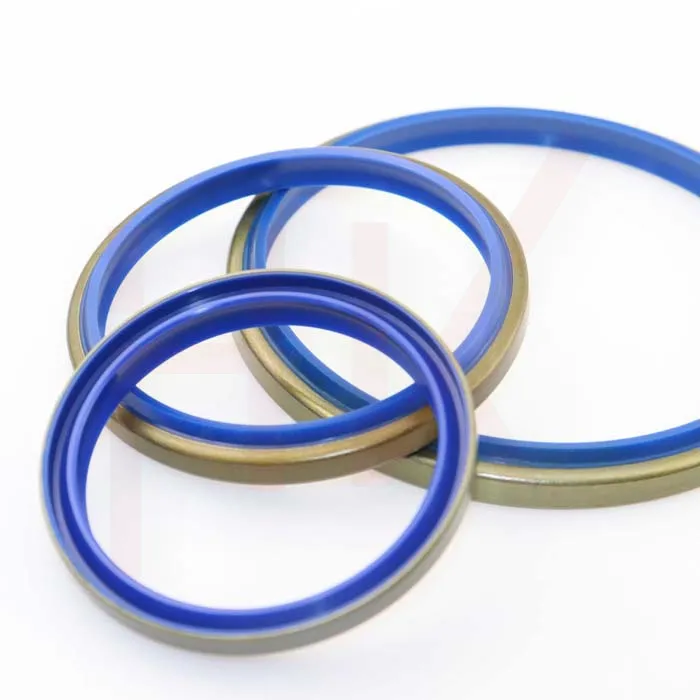des . 05, 2024 08:32 Back to list
Benefits of Replacing Hub Axle Seals for Improved Vehicle Performance and Longevity
Understanding Hub Axle Seals Importance, Types, and Maintenance
Hub axle seals play a crucial role in the performance and longevity of various vehicles, particularly in heavy-duty trucks, trailers, and off-road vehicles. These seals are designed to prevent leakage of lubricants, protect the internal components from contamination, and maintain optimal operating conditions within the axle assembly. This article explores the importance of hub axle seals, their various types, and best practices for maintenance.
Importance of Hub Axle Seals
The primary function of a hub axle seal is to ensure that lubricants, such as oil or grease, do not escape the axle assembly. When a seal fails or begins to wear, it can lead to lubricant leakage, resulting in insufficient lubrication of the axle components. This lack of lubrication can cause increased friction, overheating, and ultimately, failure of critical parts, such as bearings and gears.
Moreover, hub axle seals protect against the ingress of dirt, water, and other contaminants that can compromise the integrity of the lubricant
. Contaminated lubricant can lead to rapid wear and tear, increased operating temperatures, and even catastrophic failure of the axle assembly. Therefore, maintaining the integrity of hub axle seals is essential to ensure the optimal performance and reliability of a vehicle.Types of Hub Axle Seals
There are several types of hub axle seals, each designed for specific applications and environments. The most common types include
1. Lip Seals These are the most widely used type of axle seals. They consist of a rubber or synthetic elastomer lip that contacts the axle shaft. The lip design helps create a tight seal, preventing the escape of lubricants and the entry of contaminants.
2. O-Ring Seals O-rings are circular seals made of elastomeric materials that create a tight seal when compressed between two surfaces. They are often used in conjunction with other sealing solutions to provide additional protection against leaks.
hub axle seal

3. Gasket Seals Gaskets are flat seals that fill the gap between two mating surfaces. They are commonly used in conjunction with bolts and are ideal for applications where axial movement is minimal.
4. Metallic Seals In high-performance or high-temperature applications, metallic seals may be utilized. These seals are designed to withstand extreme conditions, including high temperatures and pressures.
Maintenance and Replacement
Regular maintenance of hub axle seals is critical to ensuring their longevity and effectiveness. Vehicle owners should conduct routine inspections to check for signs of seal wear, such as cracks, splits, or signs of leakage. Depending on the type of vehicle and its usage, inspections may need to be performed every few thousand miles or during routine servicing.
If a hub axle seal is found to be compromised, it should be replaced immediately. Driving with a damaged seal can lead to significant and costly repairs. When replacing seals, it is essential to use high-quality components that are compatible with the specific axle type and application.
Proper installation is also crucial. If a seal is installed incorrectly, it can lead to premature failure. It is advised to follow manufacturer guidelines and, if necessary, consult an experienced technician to ensure correct installation.
In addition to visual inspections, maintaining the correct level of lubricant within the axle assembly is vital. Regularly check the lubricant condition and levels to prevent dry runs that can lead to heat build-up and seal failure.
Conclusion
Hub axle seals are a vital component of any vehicle's axle assembly, ensuring the proper functioning and longevity of the axle system. By understanding their importance, recognizing the different types available, and adhering to maintenance practices, vehicle owners can significantly enhance the reliability and performance of their vehicles. Regular inspections and timely replacements can save on costly repairs and contribute to the overall safety and efficiency of vehicle operation.
-
Unlocking the Potential of Hydraulic Systems with Essential Sealing Solutions
NewsAug.06,2025
-
Unleash the Power of Your Hydraulic Systems with Our Premium Seal Kits
NewsAug.06,2025
-
Specialized Hydraulic Seal Kits for Breakers, Pistons, and Presses
NewsAug.06,2025
-
Revitalize Hydraulic Systems with Premium Repair and Seal Kits
NewsAug.06,2025
-
Fortify Your Cylinders with Premium Sealing Solutions
NewsAug.06,2025
-
Elevate Hydraulic System Reliability with Specialized Seal Kits
NewsAug.06,2025
-
TCN Oil Seal Metal Ring Reinforcement for Heavy Machinery
NewsJul.25,2025
Products categories
















